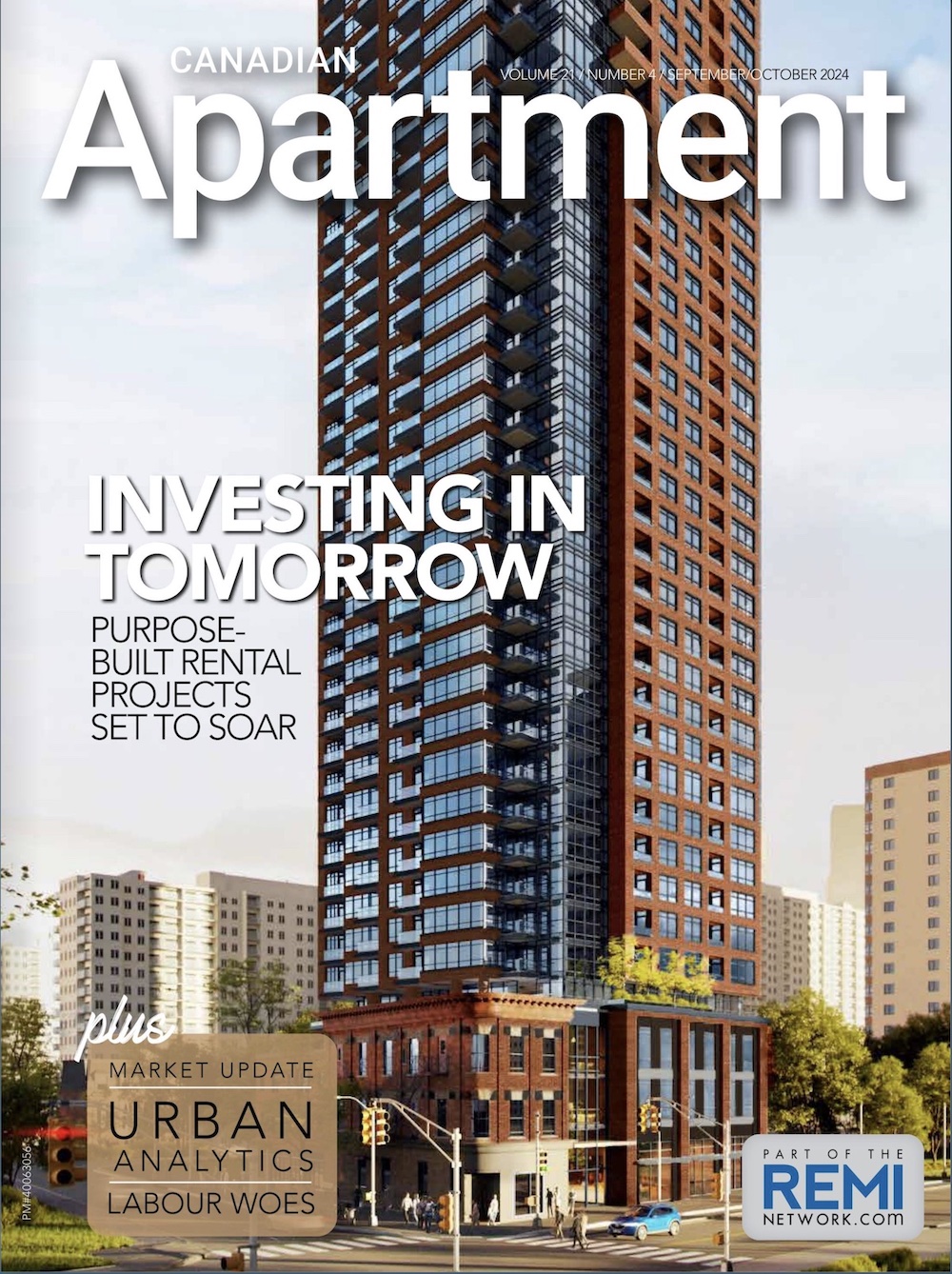In our previous Q&A with First National Senior VP Jeremy Wedgbury, we turned a spotlight on apartment construction activity and the lending solutions therein. In the second part of that discussion, we turn to Jeremy once more to discuss current industry challenges and potential financial solutions.
How much have construction costs risen?
Anecdotally, I hear as much as 1% per month or 12% per annum recently, although this varies nationally.
Is this a problem facing apartment builders as well?
Construction cost escalation is a headwind for builders in all sectors. What we see with apartments, though, is that rental rates have increased – in some cases by 25 or 50 cents per square foot – so this helps to cover construction cost escalation. This isn’t true in all markets, though.
As a lender, do you advise builders on how to avoid issues like this?
The borrowers we deal with are very experienced. They understand inflationary input costs, have track records of building on time and budget, and have the financial means to write a cheque for any building cost escalation. Because they are doing a lot of construction, they also have substantial buying power over building products like doors and windows and trade services that helps them offset some of these increases.
Last year, you said it was a great time to be active in building apartments. Is this still true?
Yes, I would say it’s absolutely true for experienced developers. An experienced developer has a network of tradespeople with proven skills and craftsmanship, understands costs and inflationary factors, is able to apply effective countermeasures, and most fundamentally, chooses construction opportunities that make sense based on a deep understanding of local market trends and an appreciation of the need for liquidity. We’re 100% behind apartment builders who exhibit these characteristics and skills and have a track record of successful developments.

Jeremy Wedgbury, Senior Vice President, Commercial Mortgages with First National.
How long do you think the good times will last?
Hard to say, but the fundamentals of demand and supply are very favourable right now, and despite new units coming on stream over the next couple of years, it won’t be enough to serve the demographic and population growth trends in Canada.
What about construction activity levels in other real estate asset classes?
From our perspective, the trends are positive in the office and industrial sectors and condo construction remains strong in major markets like Toronto and Vancouver. In retail, the rise of Internet shopping appears to have dampened activity as many tenants are now exploring business model alternatives to bricks and mortar stores.
Construction lending is often considered the riskiest form of commercial lending. How does First National manage its risks?
By working with experienced builders. We give priority to those clients who have been building for years, perhaps even decades. These are people who know what they’re doing and consequently, they tend to build larger projects with loan values of over $5 million, which is the market First National plays in.
So what is First National’s value proposition?
As a lender, our contribution starts with financial modelling and market research. We’ve developed sophisticated modelling tools that help us run different scenarios for our clients based on different amounts of equity in, different pro forma interest rates, and different financing scenarios, be it conventional or insured. We use one approach to model construction loans and another to model term loans and these tools help builders project their investment returns and the risks to those returns under different base cases. We also make considerable market research available to builders. And then, of course, when it comes to any CMHC program – Flex Financing included – we develop the application submission using our experience as a CMHC-approved lender.
How are you modelling interest rates today?
Interest rates are an important part of any commercial lending arrangement, and for a construction project, rate movements provide a special challenge because the building phase usually takes two to three years to complete. Trying to forecast what rates may look like in 2020 or 2021 is a pretty difficult exercise. What I can say is we model different scenarios for borrowers and try to give them the benefit of our insights into the bond market. For example, the yield curve has flattened this year, which is usually a precursor to economic disruption. However, it has also reduced the normal disincentive to select long-term financing over the shorter term. We believe that we make our borrowers stronger by sharing this kind of market intelligence proactively so that they can avoid issues down the road. It’s part of our “More Than a Lender” approach. We also offer the First National Rate Lock that can help borrowers lock in a term loan rate in advance of lease up.
Final thoughts?
For experienced builders who are focused on apartments, this is a unique point in the business and economic cycle. For First National, our objective is to help our clients capitalize on the most lucrative opportunities in the most advantageous, risk-managed way. In short, we’re open for more business.
For more information, visit https://www.firstnational.ca/home.






